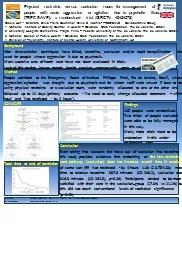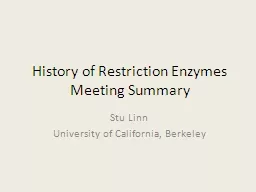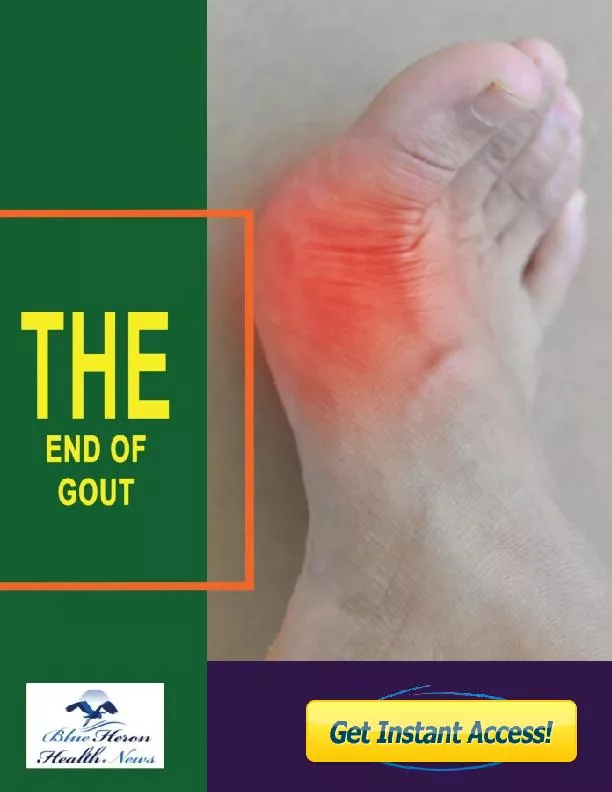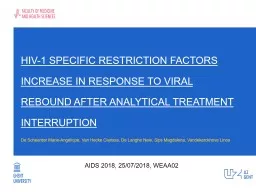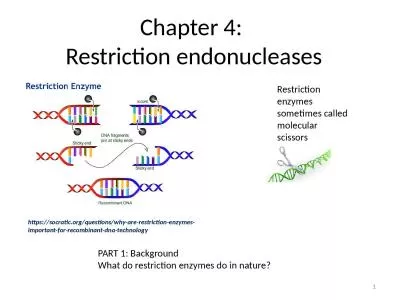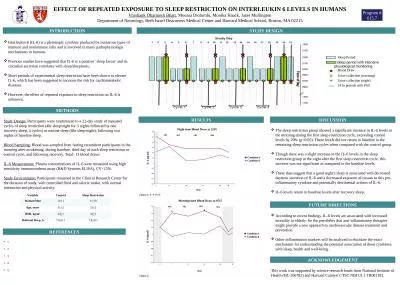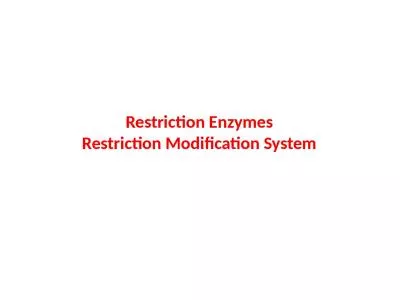PPT-Total time to end of restriction
Author : liane-varnes | Published Date : 2015-11-25
Method People admitted to the Emergency Room of Instituto Philippe Pinel Rio de Janeiro Brazil whose aggressionagitation was thought due to psychosis and for
Presentation Embed Code
Download Presentation
Download Presentation The PPT/PDF document "Total time to end of restriction" is the property of its rightful owner. Permission is granted to download and print the materials on this website for personal, non-commercial use only, and to display it on your personal computer provided you do not modify the materials and that you retain all copyright notices contained in the materials. By downloading content from our website, you accept the terms of this agreement.
Total time to end of restriction: Transcript
Download Rules Of Document
"Total time to end of restriction"The content belongs to its owner. You may download and print it for personal use, without modification, and keep all copyright notices. By downloading, you agree to these terms.
Related Documents

